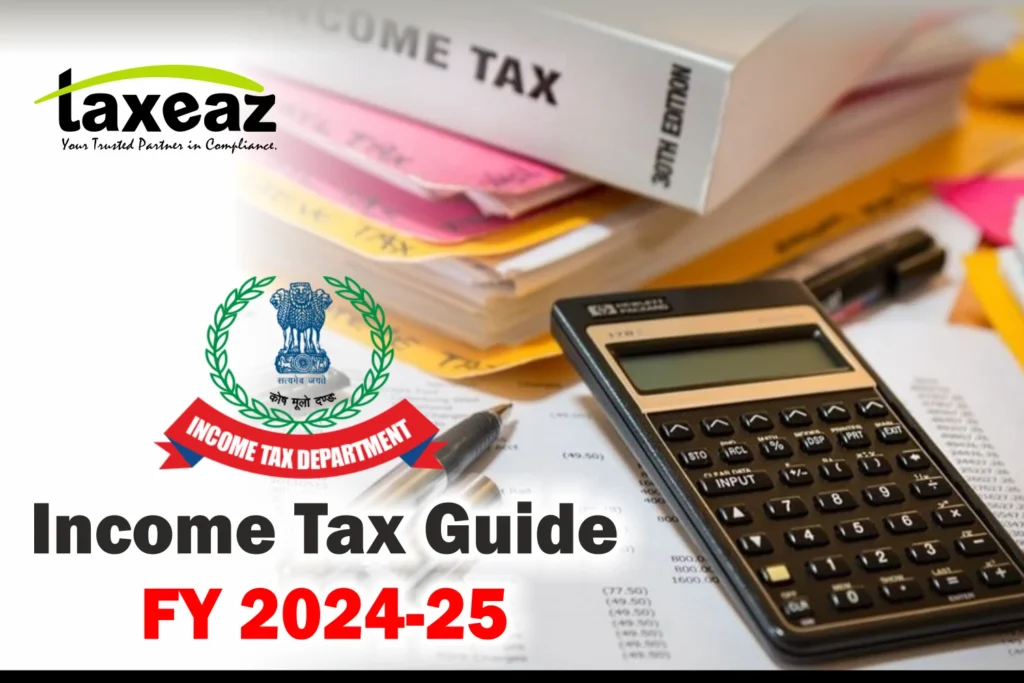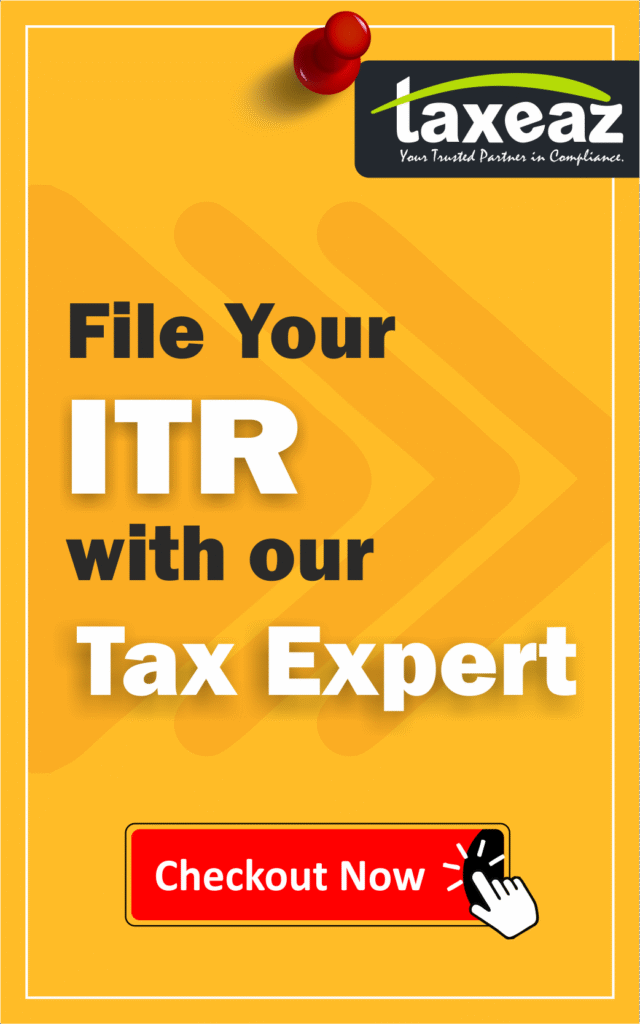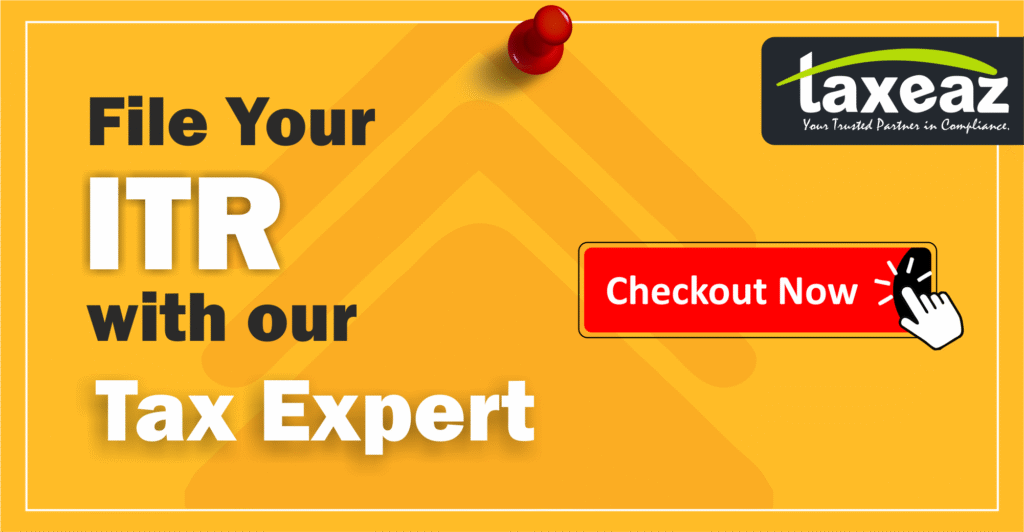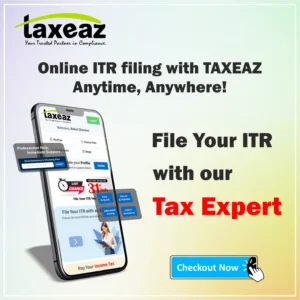
Understanding income tax is essential for every working Indian, whether you are a salaried employee, self-employed professional, business owner, or investor. In this comprehensive guide, we’ll cover everything you need to know about income tax in India: how it is calculated, which tax regime to choose, available deductions, important deadlines, FAQs, and more.
Table of Contents
What is Income Tax?
Income tax is a direct tax imposed by the Central Government on the income of individuals and entities under the Income-tax Act, 1961. This tax contributes to national development, funding public infrastructure, education, healthcare, defense, and welfare programs.
Any person earning income in India during a financial year is liable to pay tax based on applicable slab rates and rules.
Who is Liable to Pay Income Tax?
Income tax is applicable to:
- Individuals (Resident or Non-resident)
- Hindu Undivided Families (HUFs)
- Partnership Firms and LLPs
- Companies
- Associations of Persons (AOPs)
- Body of Individuals (BOIs)
- Local Authorities
- Artificial Juridical Persons
Types of Income Taxable in India
- Income from Salary – Includes salary, bonus, allowances, perquisites, and pension.
- Income from House Property – Rental income or deemed income from owned properties.
- Profits and Gains of Business or Profession – Earnings from business or self-employment.
- Capital Gains – Profits from sale of capital assets like shares, property, mutual funds.
- Income from Other Sources – Interest income, dividends, gifts, winnings, etc.
Tax Regimes in India (Old vs. New):
Old Regime:
- Allows deductions such as Section 80C (investments), 80D (medical insurance), HRA, LTA, home loan interest, etc.
- Suitable for individuals who claim multiple deductions and exemptions.
New Regime (Section 115BAC):
- Lower tax rates.
- Very limited deductions allowed (only NPS contribution by employer, standard deduction of ₹50,000, etc.)
- Suitable for those not availing major deductions.
Income Tax Slabs for FY 2024-25 (AY 2025-26)
New Tax Regime (Default Regime):
- Income up to ₹3,00,000: Nil
- ₹3,00,001 to ₹6,00,000: 5%
- ₹6,00,001 to ₹9,00,000: 10%
- ₹9,00,001 to ₹12,00,000: 15%
- ₹12,00,001 to ₹15,00,000: 20%
- Above ₹15,00,000: 30%
Note: Rebate under Section 87A makes tax zero if total income is up to ₹7 lakh.
Old Tax Regime:
- Up to ₹2.5 lakh: Nil (₹3 lakh for senior citizens, ₹5 lakh for super senior citizens)
- ₹2.5 lakh to ₹5 lakh: 5%
- ₹5 lakh to ₹10 lakh: 20%
- Above ₹10 lakh: 30%
Deductions Available Under the Old Regime
- Section 80C (Limit ₹1.5 lakh): LIC, PPF, NSC, ELSS, principal repayment of home loan, children’s tuition, tax-saver FDs.
- Section 80CCD(1B): Additional ₹50,000 deduction for NPS contributions.
- Section 80D: Medical insurance premium – ₹25,000 (self/family), ₹50,000 (senior citizen).
- Section 24(b): ₹2 lakh interest on housing loan for self-occupied property.
- Section 80G: Donations to charitable organizations.
- Section 80E: Interest on education loan.
- Section 80TTA/80TTB: Savings account interest (₹10,000 for individuals, ₹50,000 for senior citizens).
- Standard Deduction: ₹50,000 for salaried individuals and pensioners.
TDS and Advance Tax
TDS (Tax Deducted at Source):
- Deducted at source on payments like salary, rent, interest, commission, etc.
- Reflected in Form 26AS and AIS.
- Common TDS rates: 10% on FD interest, 1% on property over ₹50 lakh, salary as per slab.
Advance Tax:
- Required if tax liability exceeds ₹10,000.
- Payable in 4 installments:
- 15% by 15th June
- 45% by 15th September
- 75% by 15th December
- 100% by 15th March
-
Non-payment attracts interest under Sections 234B & 234C.
Forms for Filing ITR
- ITR-1: Salaried income (up to ₹50 lakh), one house property, no capital gains.
- ITR-2: Capital gains, more than one house, foreign income/assets.
- ITR-3: Income from business/profession.
- ITR-4: Presumptive taxation under 44AD/44ADA/44AE.
ITR Filing Deadlines
- 15th September 2025: Salaried and non-audit cases
- 31st October 2025: Businesses/professionals needing audit
- 30th November 2025: Assessees requiring transfer pricing report
- 31st December 2025: Belated/revised return filing deadline
Note: Usually, the due date for non-audit cases is 31st July every year, but for FY 2024-25 (AY 2025-26), the CBDT has extended the ITR filing due date to 15th September 2025 via Circular No. 06/2025.
Late Filing Penalties:
- ₹1,000 (income < ₹5 lakh)
- ₹5,000 (income > ₹5 lakh)
- Interest under Sections 234A, 234B, 234C may apply
Documents Required for Filing ITR
- PAN and Aadhaar
- Form 16, salary slips
- Interest certificates
- Capital gain statements
- Form 26AS, AIS & TIS
- Investment proofs
- Rent receipts, loan certificates, donation slips
Why You Should File ITR
- Claim tax refunds
- Mandatory for income > ₹2.5 lakh (or ₹3/5 lakh for senior citizens)
- Helps during visa processing, loan application, or government tenders
- Enables carry forward of losses
- Avoids penalties and interest
- Builds financial credibility
Expert Help with Income Tax Filing
If you’re feeling overwhelmed by all the rules, forms, and deductions, let taxeaz.in handle it for you. Taxeaz offers hassle-free online ITR filing services by experienced professionals. Whether you’re salaried, self-employed, or a business owner, our personalized support ensures accuracy, compliance, and peace of mind. With simple pricing and end-to-end support, taxeaz.in is your trusted partner for stress-free tax filing.



